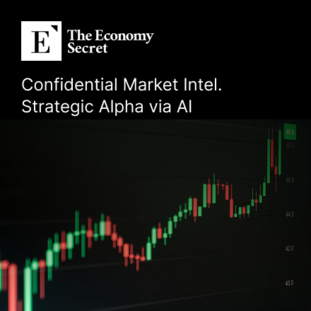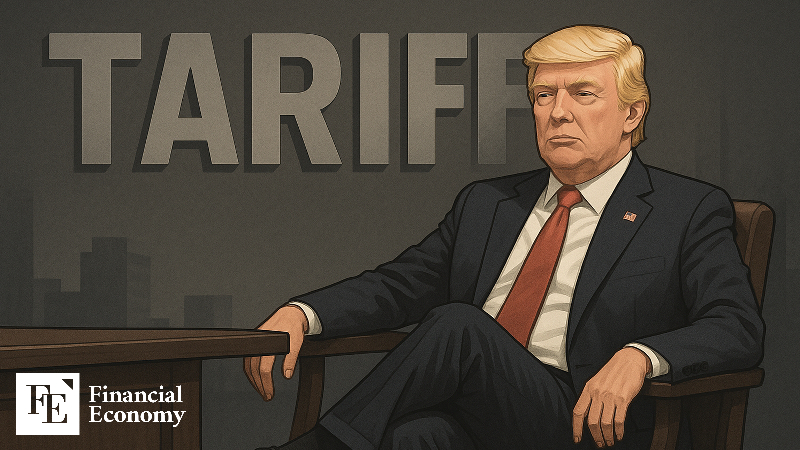
Tariffs hit India, But the impact radiates, Russia and China feel the squeeze. Trump’s decision to impose a hefty additional tariff on Indian imports may appear as punishment for New Delhi’s ties to Russia. Yet the ripple effect extends far beyond that bilateral discomfort. The move is a calculated strike against Russia and China, aiming to sever the financial lifelines that sustain their global ambitions.
Read More
Tobacco’s sales hold steady when recession bites, Alcohol withstands the worst of economic nights. But when inflation burns and prices twist and roar, Even these pillars may falter like never before. Industries long classified as “recession‑proof”, such as alcohol and tobacco, have earned reputations for stability during economic downturns. The logic has been straightforward: consumers cut discretionary spending first, but often continue small indulgences even when times are tight. Yet this conventional wisdom is now being challenged.
Read More
The walls go up, the costs rise high, While buyers ask the reason why. The goods remain, but fewer people choose them. When tariffs leave them bound to lose. As President Trump ramps up his latest round of tariffs, concerns over their far-reaching consequences are intensifying. Countries that have yet to strike trade agreements with the United States, such as Canada, Mexico, and Brazil, are bracing for the fallout.
Read More
The tide of change is slow to turn, Yet signals rise, too clear to spurn. What waits beneath the calm facade, May soon emerge to shift the guard. In its latest policy meeting, the Bank of Japan (BOJ) chose once again to hold interest rates steady, resisting the growing pressure seen across global central banks. But behind this seemingly calm surface lies a powerful signal. For the first time in years, the BOJ revised its projected inflation rate upward, from 2.2% to 2.7%.
Read More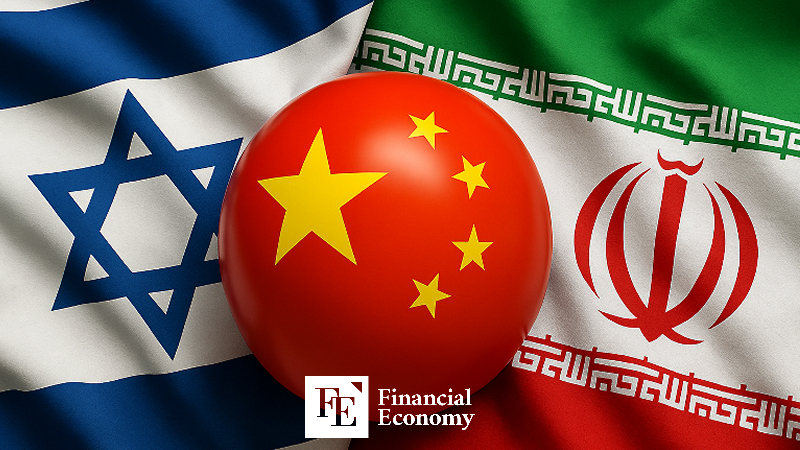
No GPS trust. No U.S. signals. Jammed launches, stranded ships, compromised sites. Iran courts Beidou to escape surveillance and regain control. In a move that highlights the geopolitical fault lines in modern technology, Iran has officially abandoned the U.S.-led Global Positioning System and instead turned to China’s Beidou satellite network.
Read More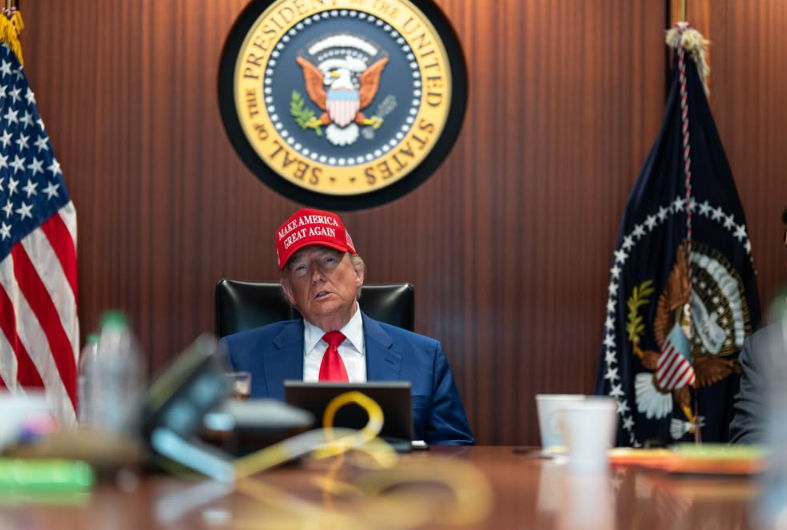
The United States withdraws from UNESCO for the third time. The move underscores growing U.S. resistance to multilateral institutions seen as promoting progressive values. Trump administration claims ideological misalignment; critics warn of long-term diplomatic costs. In a dramatic yet familiar move, the United States has once again severed its ties with UNESCO, the United Nations’ cultural and educational agency. Announced in July 2025, this withdrawal marks the third such exit in U.S.
Read More
AI companion market growing explosively Over 160 services offer “AI lovers” Potential side effects include pseudo-attachment and emotional isolation As generative AI becomes increasingly sophisticated, the dating app market built on this technology is booming. The concept of Samantha from the movie Her—an AI that shares emotions with a human—has become reality. However, many analysts warn that emotional exchanges with AI may negatively impact human emotional health in the long run.
Read More
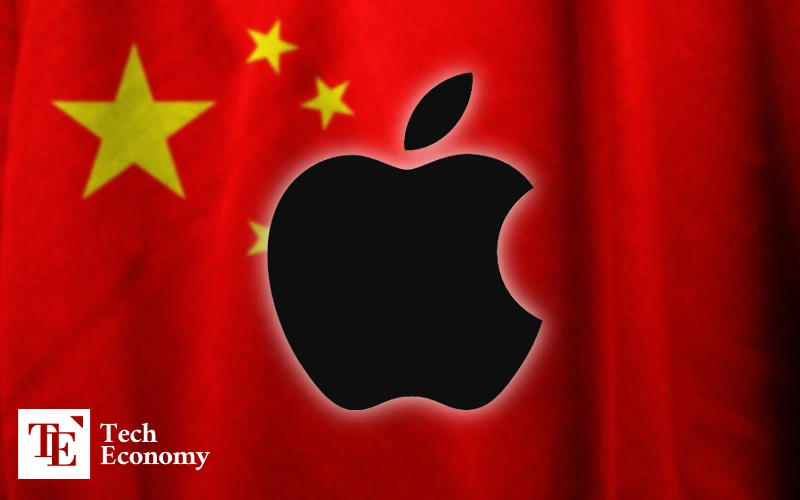
Trump Warns of 145% Tariffs on Chinese Electronics and Components Apple, which sources over 80% from China, likely to face price hikes Moves production to India and Vietnam in a bid to diversify As the Trump administration signals plans to impos
Read More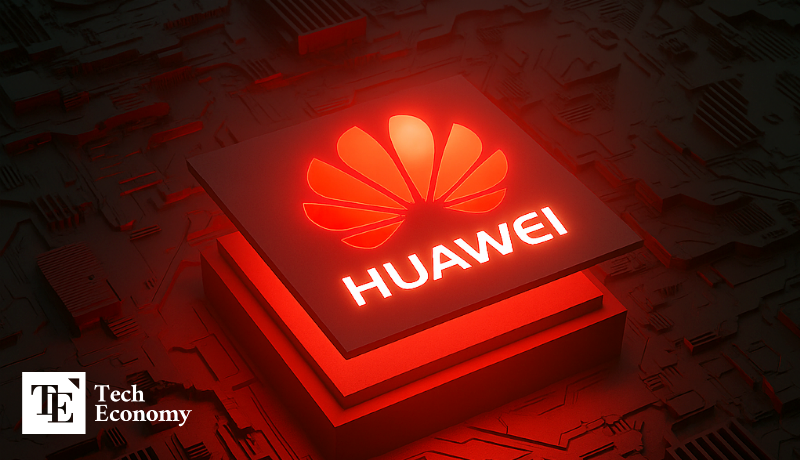
Huawei Faces Production Issues with Next-Gen 5nm AP EUV Equipment Shortage Leads to Yield Around 30% Production to Rely on Improved SMIC 7nm Process As Huawei prepares to launch its next-generation smar
Read More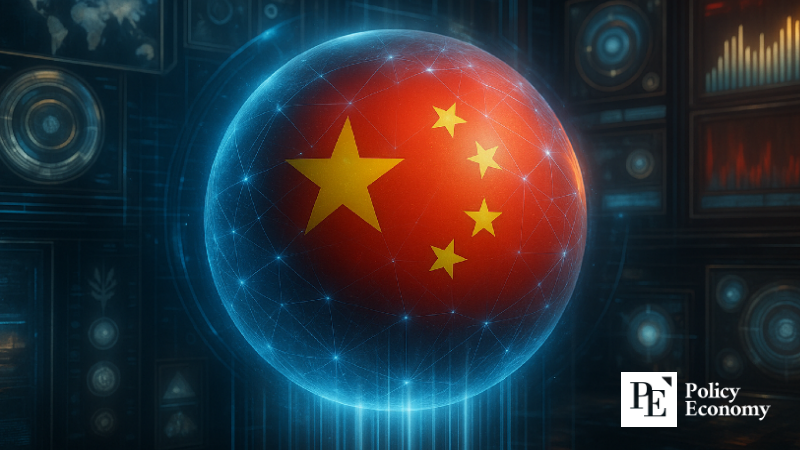
Amid U.S.-China Tensions, China Boosts Inland Economic Zones Guizhou Province Sees Heavy Investment in Aviation and Digital Economy Building New Growth Engines for Economic Security China is d
Read More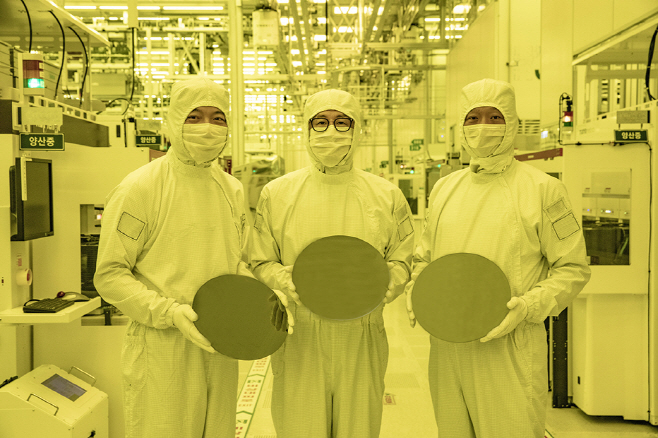
A Lone Earnings Shock Amid the AI Rally Second-Quarter Losses Reflect Future Write-Downs Room for Earnings Recovery in the Second Half Expands Employees in cleanroom suits hold up wafers at Samsung Electronics' Py
Read More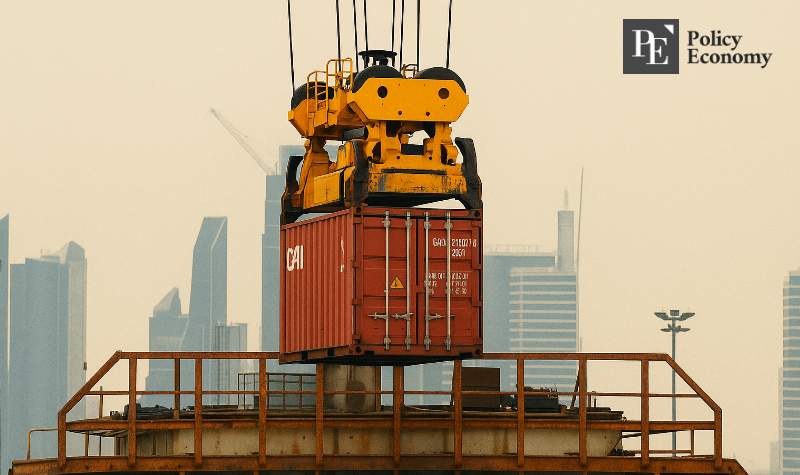
Direct exports from China to the U.S. plunged 43% in May, while total exports rose 4.8% Increase driven by rerouted shipments via Vietnam, ASEAN, and India U.S.
Read More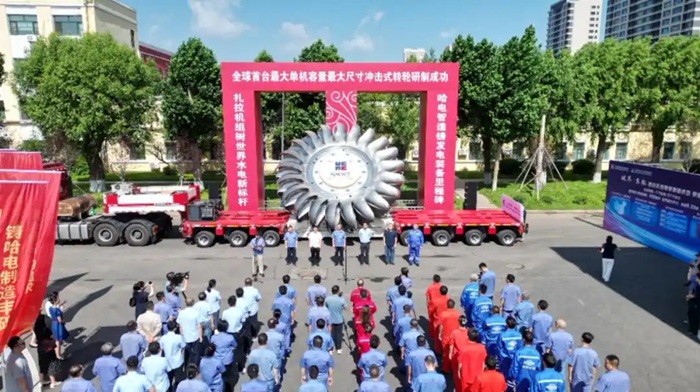
China Prepares to Install World’s Largest Hydropower Turbine in Tibet Estimated to Reduce Carbon Emissions by 3.4 Million Tons From Follower to Leader in Global Hydropower Development Photo = China
Read More
Microsoft Tightens Its Belt, Cuts 9,000 Jobs "Reducing Non-AI Workforce to Increase Investment" US Tech Companies Lay Off 63,000 This Year Alone Photo = Microsoft Microsoft (MS), which has been inve
Read More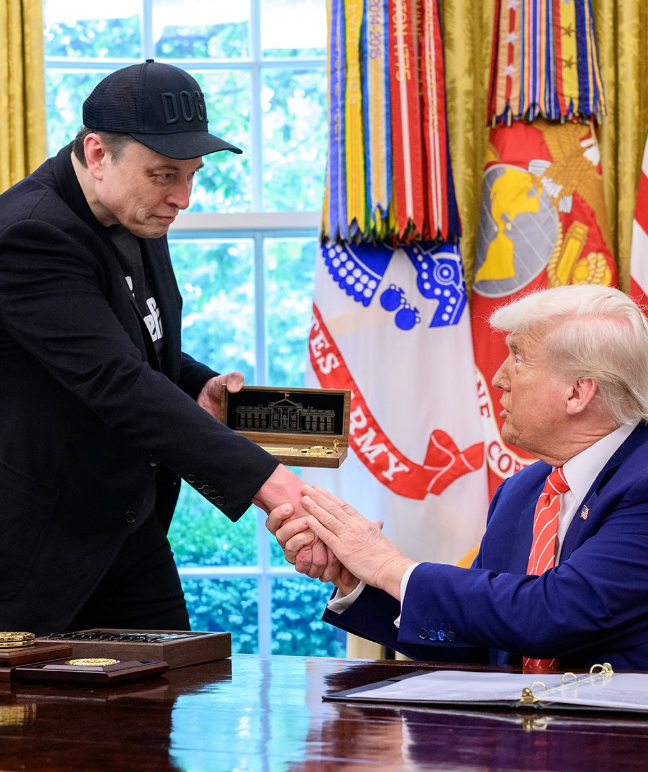
Musk: “The tax bill is insane — I’ll make sure every supporting lawmaker loses” Tax bill passes U.S.
Read More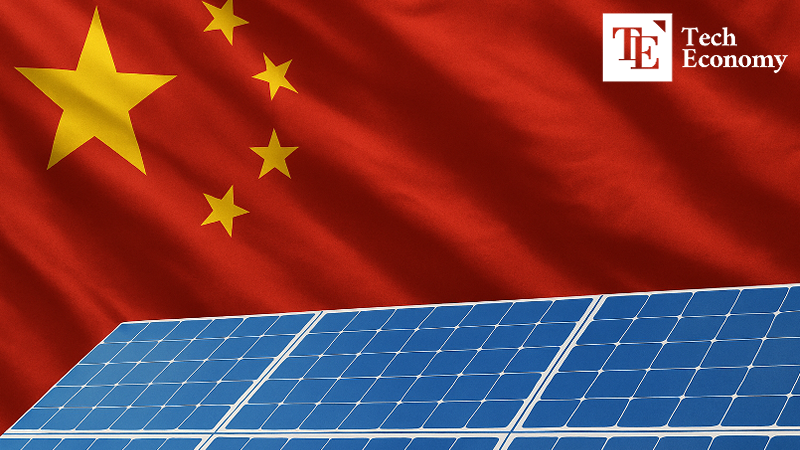
Massive subsidies and chronic overcapacity fuel a vicious cycle China’s state-led industrial policy hits structural limits Experts warn: “The era of explosive growth is over” China’s solar industry is teetering on the brink of collapse, hit ha
Read More
A Shocking Defeat to Singapore — Left with No Results Voices Within: ‘Overconfidence Was the Problem’ The Limits of Relying on Advanced Technology Packaging Are Now Plain to See For South Korea’s leading shipbuilders, what was widely regarded
Read More
Polls at Just 1% Early This Year — From Unknown to Frontrunner Free Childcare and Rent Freeze Spark Grassroots Surge Some Companies Now Considering Leaving New York Zoran Mamdani, New York State
Read More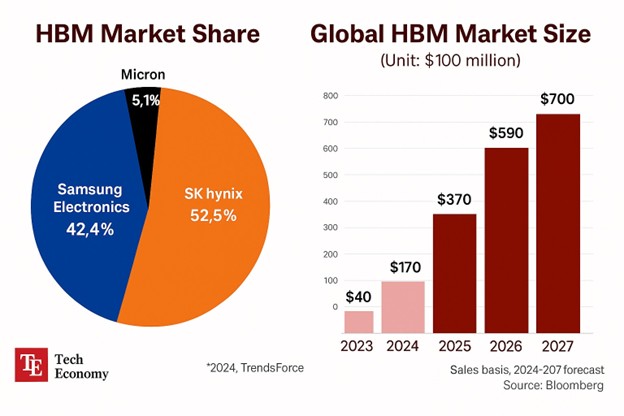
“Direct Hit from China’s ‘Value-for-Money Shock’” “Rapid Infiltration of North American and European Markets” “Samsung and LG Take the Opposite Approach with Premium Strategies” For years, Samsung Electronics and LG Electronics h
Read More

